Godzilla Resurgence, is the first made-in-Japan ‘Zilla film in 12 years. The latest entry is a smash hit in Japan. While I had mixed feelings about it, the digital effects work extremely well.
[Image: Toho]
While Hollywood has used computer graphics on both its Godzilla movies, Japan has used a suit actor right up until Godzilla: Final Wars in 2004.
I recently interviewed the lead editor of the film, VFX Supervisor Atsuki Sato via email about the film’s production.
Man In (Digital) Suit
Kotaku: Were there any tests to see if CG could be used with traditional suit acting, like in every Godzilla film until Final Wars?
Sato: There wasn’t any plan for full body character costumes. We created upper body animatronics, but we didn’t end up using them.
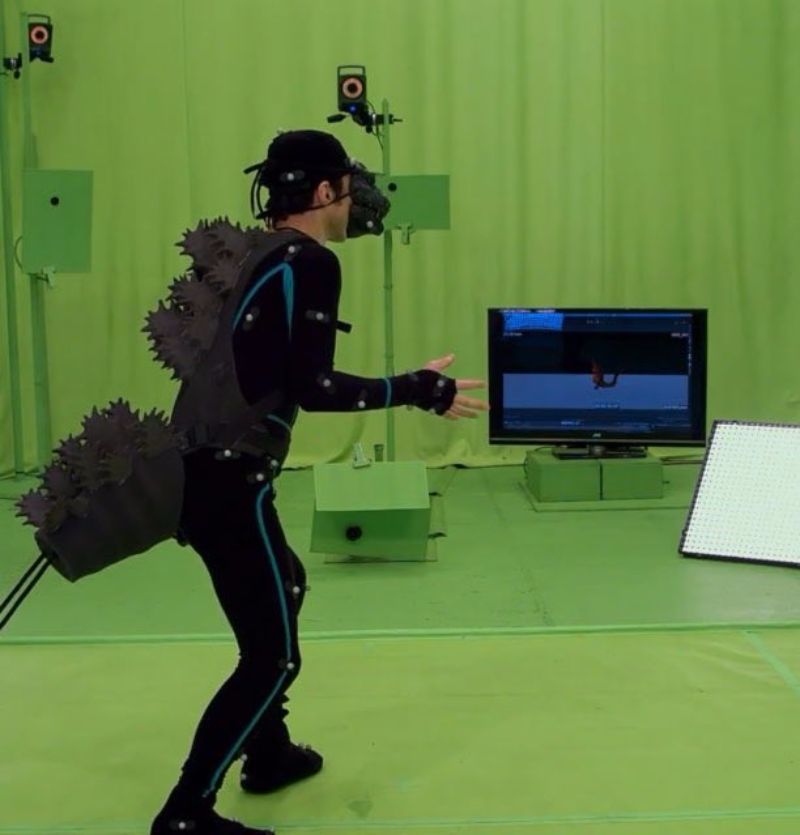
[Image: godzilla_jp]
Kotaku: I know actor Mansai Nomura (above) did mocap for Godzilla, and this data was then used to bring the character to life. Why was he selected?
Sato: It was suggested by director Higuchi. I think he was the ideal person for expressing the character with the best motion performance.
Kotaku: Do you personally miss traditional Godzilla suit acting? Do you think it will ever return to the franchise?
Sato: Based on your question, it seems like you have an emotional attachment to Godzilla based on the character costume method.
When necessary, the technique that is required is changed according to the Godzilla character and the movie style. If the movie style is one that requires a Godzilla in a character costume, then it’s fine to use a character costume.
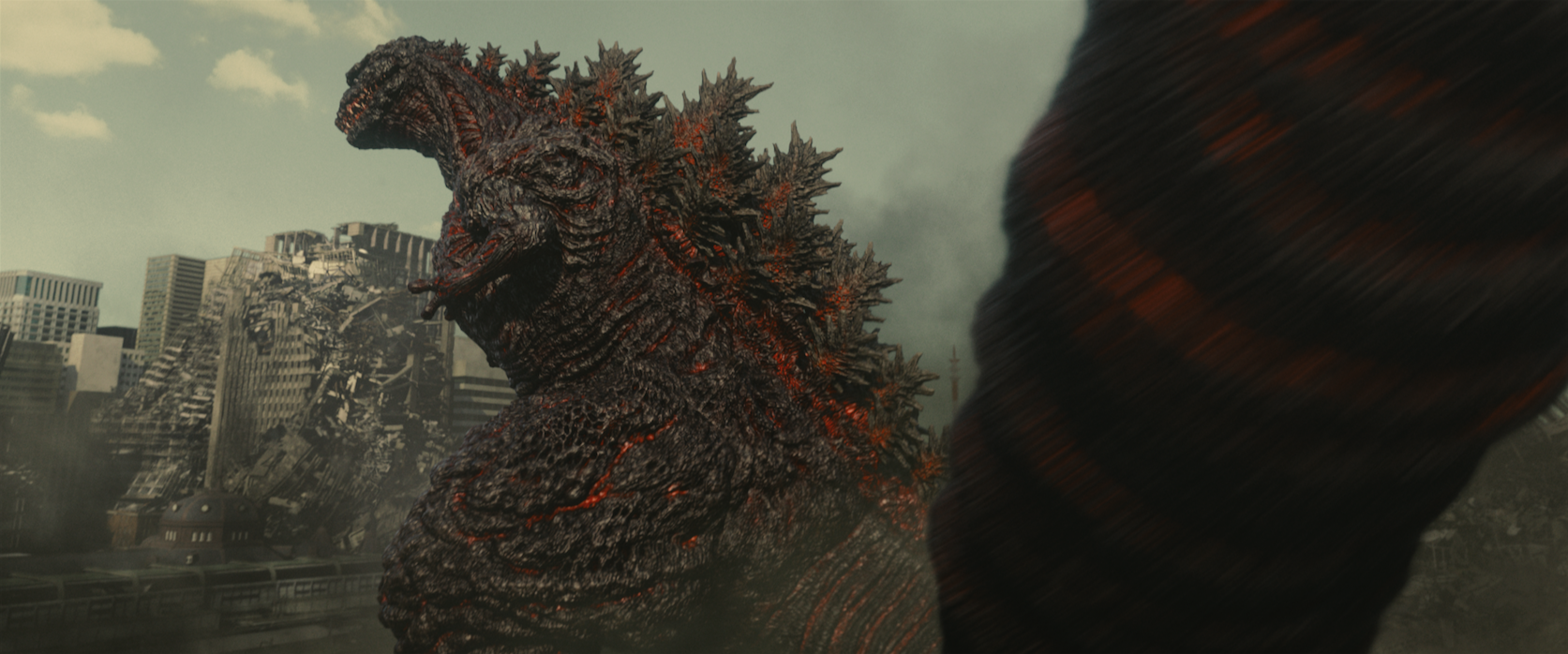
[Image: Toho]
A Movie With Two Directors
Kotaku: What exactly did Shinji Higuchi do on the film? Was he more involved in the special effects than Hideaki Anno?
Sato: As for the roles, Hideaki Anno served as the scriptwriter and general director, and Shinji Higuchi served as a director and special effects director.
There were times when Higuchi took the directive lead, while at other times, Anno took the directive lead. Anno took part in the creation of the initial Evangelion, so his intention was to participate as a supervising director taking care of the concepts and finishing touches and so on, and he requested the participation of Higuchi, who is a friend in whom he could trust to reflect his own intentions.
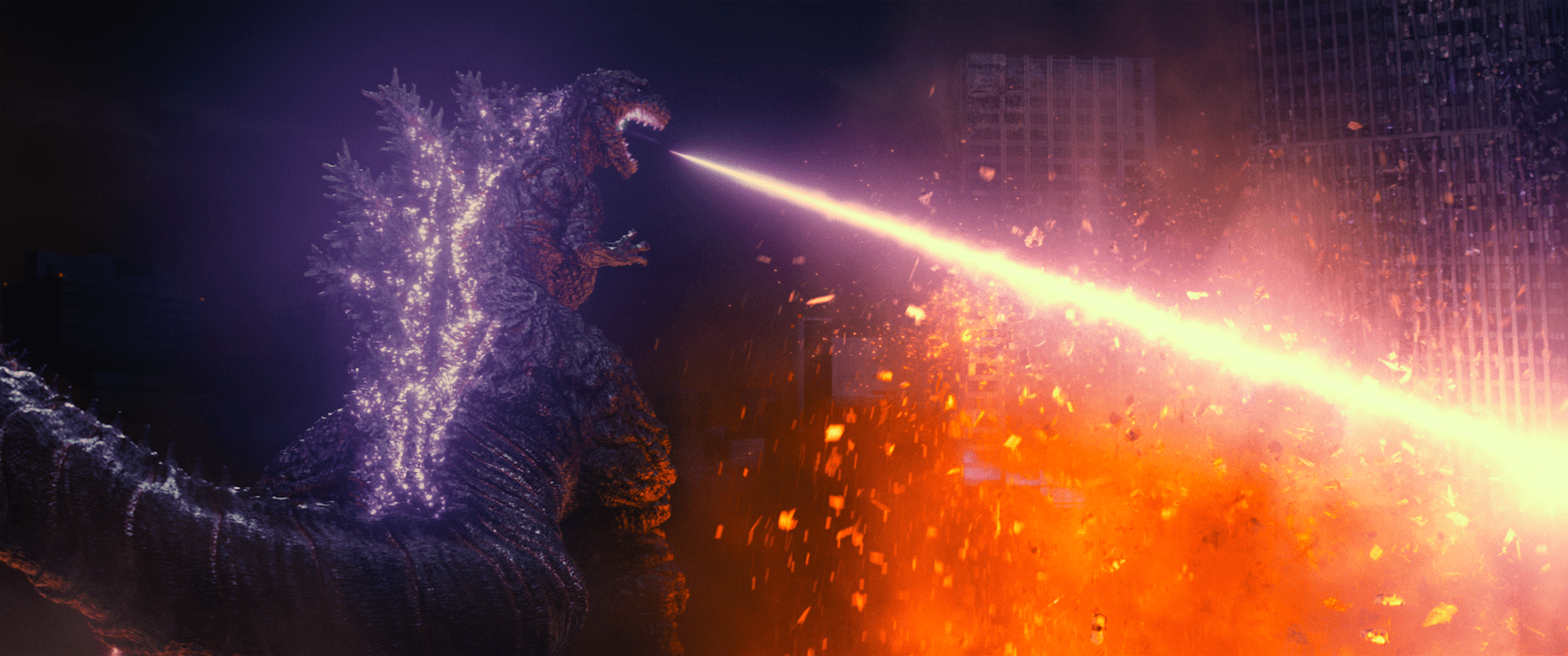
[Image: Toho]
Graphic Monster
Kotaku: Why did Toho decide to go CG for Godzilla?
Sato: CG production had already been determined when I began participating. In the end, it was the best option to allow quick edits as creative visions changed and produced a high quality film.
Kotaku: What references did you use in creating the CG Godzilla? Did you study any animals or reptiles to see how they moved?
Sato: Initially, we considered that type of approach that projected the feel of a living creature, but the general director vetoed that idea. He wanted Godzilla to have the texture of rubber.
Kotaku: What were the difficulties in using CG for Godzilla Resurgence?
Sato: It’s not that it was particularly difficult, but we had to pay special attention to the method used to check the CG model. There is no film where such extensive pre-shooting work has been undertaken. In the case of full 3D CG animations in America, a large number of people work together to create something close to a storyboard movie, but in the case of Godzilla Resurgence, all of this work was done by one individual — Hideaki Anno.
He has very specific preferences for his work, so we knew we would need programs with flexible responses for editing, like Adobe’s CC.

[Image: Toho]
Kotaku: How much of the film is CG? I know lots of the military hardware was CG, which surprised me.
Sato: I don’t know the exact percentage, but Godzilla appears for 18 minutes and 8 seconds in this version. That’s 15 per cent of the entire movie.
Kotaku: Did the Japanese Self-Defence Force cooperate so you could have accurate references for the military hardware?
Sato: Yes, they cooperated extensively.
The Self-Defence Forces allowed us to collect the information we needed on various types of machinery and equipment.
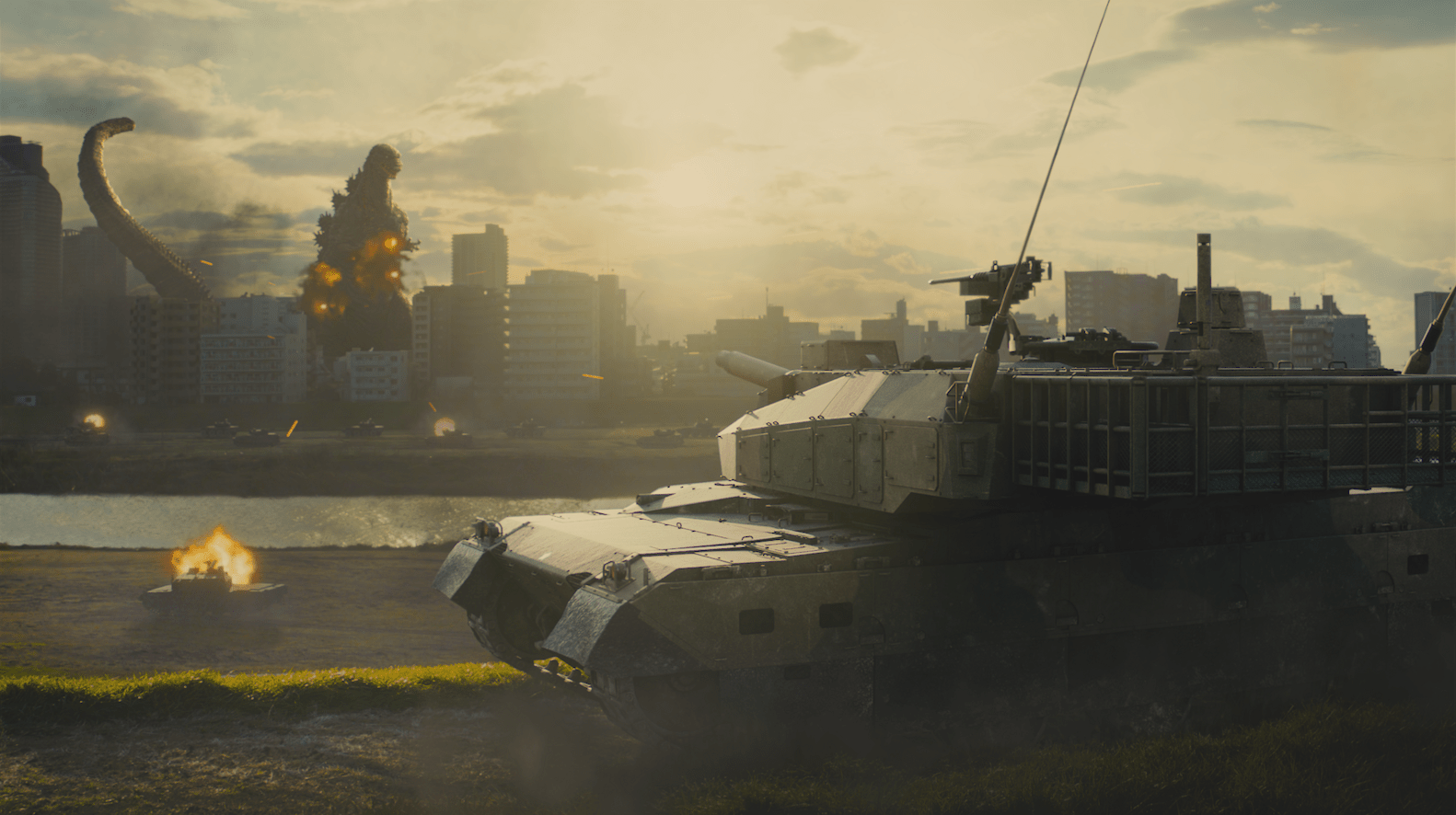
[Image: Toho]
Kotaku: Were you worried that long-time fans would not like the CG Godzilla? Did you try doing anything to ensure that they would?
Sato: I wasn’t really aware of anything in particular. I was hoping that it would be a hit, but I didn’t think it would be as successful as it has been.
Improving Japanese Movie CG
Kotaku: The best CG is CG you don’t notice. There is a lot of that in Godzilla Resurgence. Are there any techniques that were used to ensure that the CG is as seamless as possible?
Sato: We used only a very natural approach of simulating characters that were as close as possible to the true thing.
We also chose editing software that is light, stable and easy to use, as well as excellent in connectivity to sound and other post-production systems. We had to develop a flexible editing environment for Godzilla Resurgence, so we assumed cases where multiple members use software simultaneously. In such cases, cooperative elements and cost effectiveness matter. We cannot use software that costs tens of millions of yen per unit.
This time, we adopted Adobe Systems’ Premiere Pro CC. We also use it as main software for works other than Godzilla Resurgence.
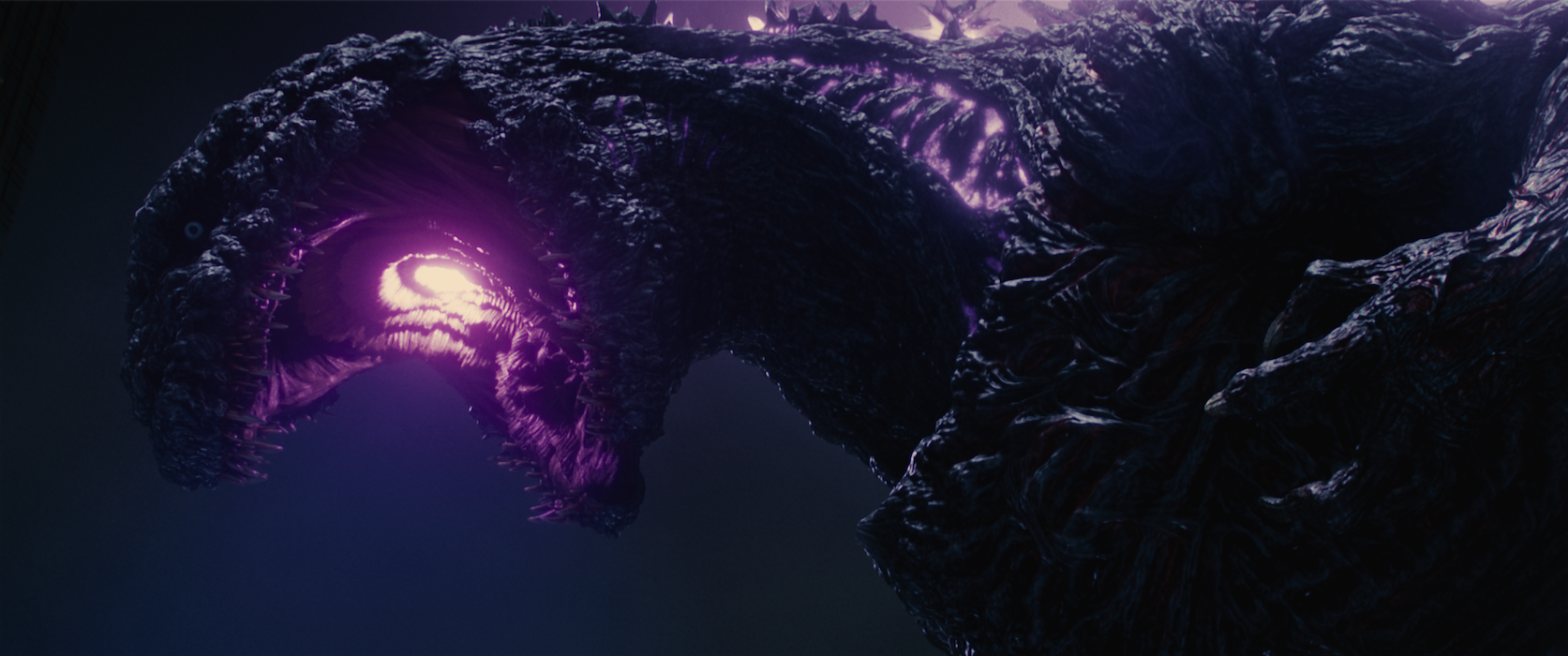
[Image: Toho]
Kotaku: I think the CG in Godzilla Resurgence was the best I’ve seen in any Japanese feature film. In the past Japanese movie CG has lagged behind Hollywood, but the CG in Japanese CG games has traditionally been very good. Why is that? Why was the CG used in Japanese movies so behind the technology used in Hollywood movies? How was Japanese movie making caught up?
Sato: I think it was because of the difference in operational unit costs and the amount of time required.
The VFX budget for this Japanese version doesn’t even compare with budgets in the game industry. Also, we followed an editing process totally different from one normally adopted. We usually go over what the scene would look like after the shooting, but for this film, we first produced a “Leica vocal RUSH” by having voice actors read lines in a draft script. It is basically like a radio drama.
Being able to use this new process, edit across multiple devices and Mr Anno’s high standards contributed to the quality of the film.

[Image: Toho]
Kotaku: Do you have any advice for those looking to get into CG effects for movies? Do you have any advice for anyone trying to improve their own CG effects?
Sato: The most important thing is to have an observant eye. To develop that capability, you should read, view and absorb as much as you can from everything – TV, movies and cartoons.
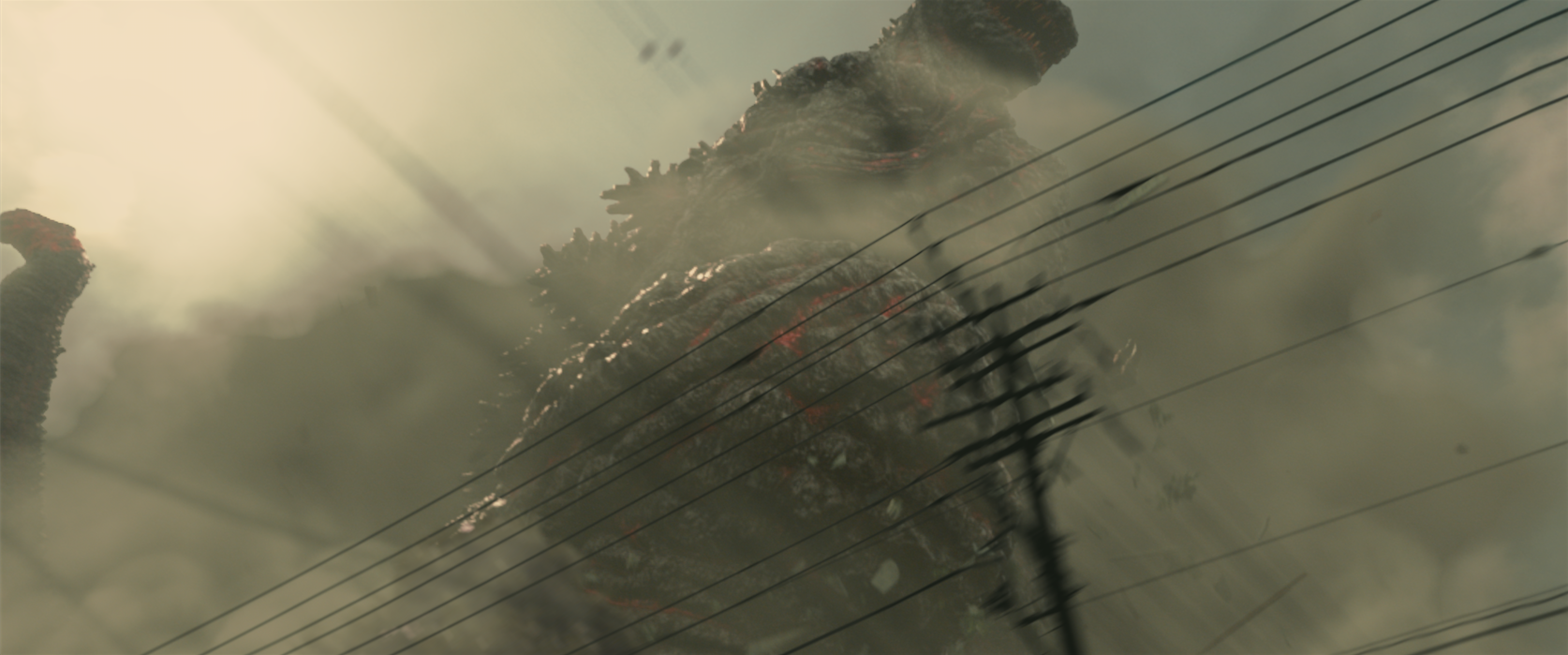
[Image: Toho]
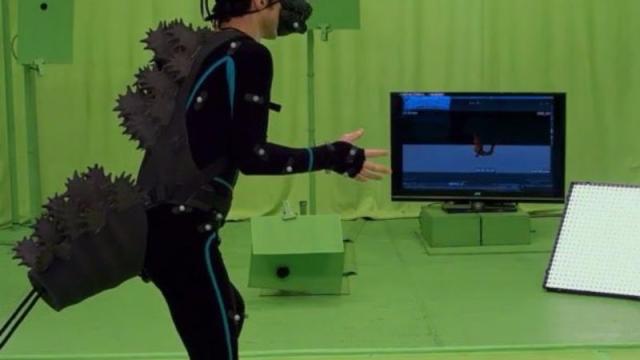
Comments
2 responses to “How Japan Made A Digital Godzilla ”
I knew it, they used computers.
Fucken-A man. Fucken-A.
Computers.